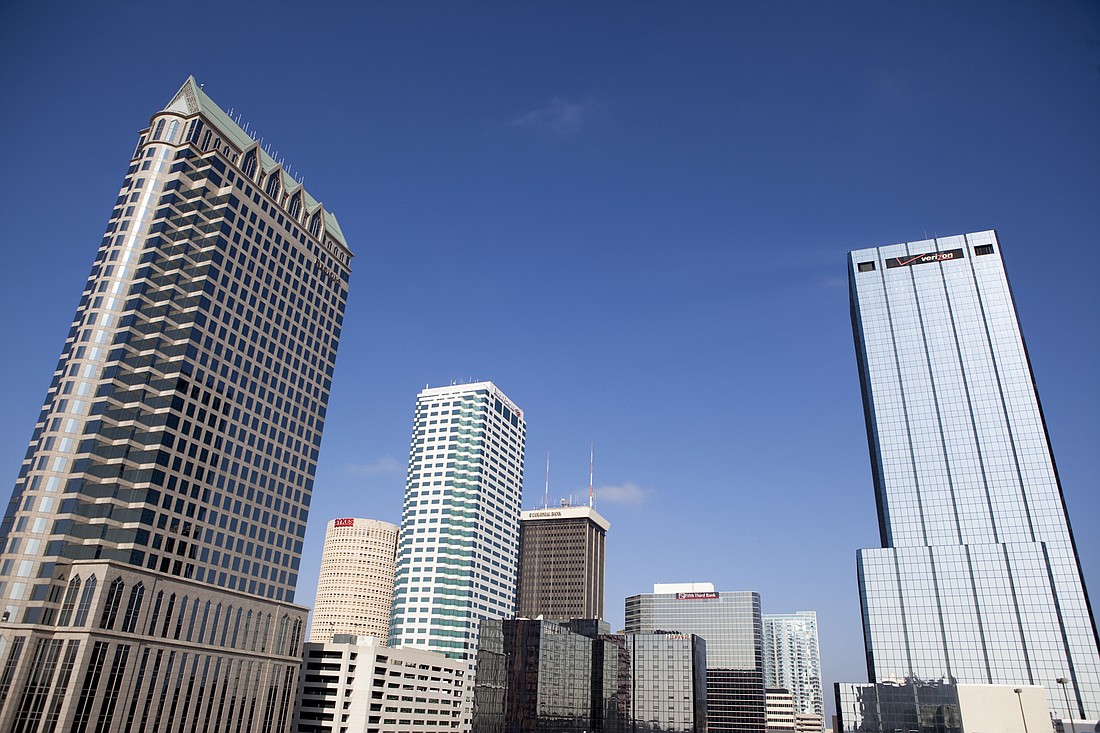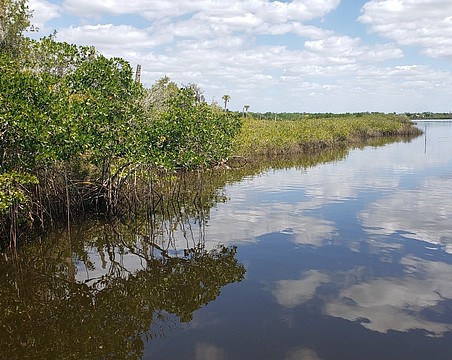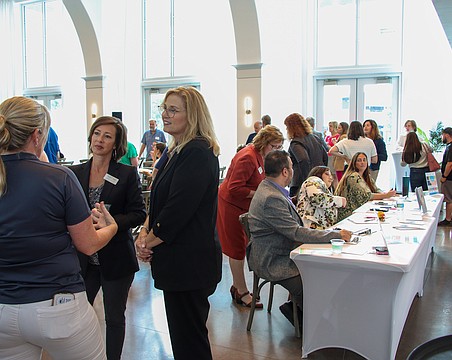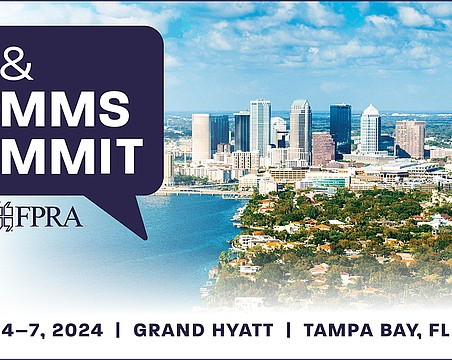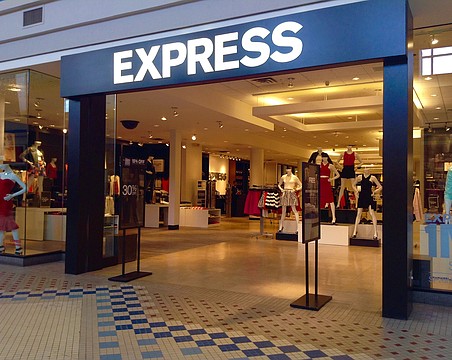A bi-annual survey of commercial real estate industry participants nationwide by a leading trade group last month found that most remain pessimistic about prospects for a full recovery by this time in 2021.
The NAIOP CRE Sentiment Index, a survey based on a scale of 1 to 100 in which a score of 100 represents the most optimistic outlook for the next 12 months, remained at 45 in September — the same score as in March, when the COVID-19 pandemic first began disrupting the U.S. economy and society.
The sentiment index’s score then, however, represented a five-year low and the first time it had fallen below 50, highlighting what many believe are “unfavorable conditions” ahead.
By comparison, in September 2019, the index came in at an overall 57.
Thomas Bisacquino, NAIOP’s president and CEO, says the score demonstrates that “uncertainty remains about when the economy will fully recover.”
In the Tampa Bay area, by contrast, commercial real estate developers, brokers, landlords and others believe that the Gulf Coast will fare better over the coming year thanks to a steady influx of new residents and subsequent business prospects.
“The pandemic and low interest rates are causing people to relocate from New York and the Northeast in general to Florida,” says Bill Eshenbaugh, the founder of Tampa-based commercial real estate brokerage firm Eshenbaugh Land Co.
“As a result, we’re seeing strong continued demand for all kinds of residentially zoned land,” he adds. “We have a couple of condominium deals in our office we’re about to close, and apartments, perhaps somewhat surprisingly, remain hot. That’s also fueled some retail inquiries and general commercial interest, especially in the medical office sector.”
Eshenbaugh notes, though, that the pandemic did generate a sense of “free fall” in the Spring in many quarters.
“Now, I hear much more optimism, and we’re chugging along. Demand seems strong.”
Lyle Fogarty, the founder and CEO of Tampa-based development and investment firm Clover Properties, agrees that the Gulf Coast is experiencing more robust activity than in many other parts of the country.
On a scale of 1 to 100, he ranks the Tampa Bay area’s commercial real estate market at a 75 — even though many of his current projects are retail oriented.
“I think things are better than six months earlier,” Fogarty says. “There was so much nervousness then regarding how bad things could be. We’re finding that our retail tenants today are proving to be more resilient, and our leasing activity has been picking up the past few months.
“We’re lost almost no tenants because of COVID-19,” he adds. “We’re not declaring victory yet, and certainly things could turn for the worse, but right now we’re pleasantly surprised. We have 15 restaurants in our portfolio right now, and we’ve only had one close, and that was because their lease was up.”
Clayton Bricklemyer, a Tampa land-use attorney and the 2020 president of the NAIOP Tampa Bay chapter, says he, too, is seeing more optimism — depending on location and property sector.
“Industrial folks, especially in the Interstate 4 corridor, are feeling really good,” Bricklemyer says. “The residential market appears as if it couldn’t be hotter. And even the beach hotel people I’ve spoken to, they’re doing really well, and in some cases, they’re crushing it. Every sector save for office seems to be doing well.”
On a scale of 1 to 100, he rates Tampa Bay’s commercial real estate market between 80 to 85 at present.
Nationally, NAIOP’s 341 respondents from the office, industrial, retail and multifamily sectors — most with a Western, Southern and Northeastern geographic focus and involvement in industrial, office, retail and multifamily projects — say they are “more pessimistic” about occupancy rates, effective rents, availability of financing in the future and employment within their own firms.
In a separate NAIOP survey, also from September, more than 200 respondents say they are seeing gradual improvement in deal flow but more office and retail tenants seeking rent relief from landlords vs. August and April.
At the same time, rent collections in those sectors have fallen in recent months, and delays in permitting and entitlement processing has delayed developments because of the coronavirus, a majority of respondents say.
In Tampa Bay, too, uncertainty is permeating the market to a degree.
“There’s not a clear path at the moment, and most people I talk to believe we’ll remain in a fluid situation for the next 24 months at least,” says Pat Kelly, regional managing partner for Franklin Street, a Tampa-based brokerage and management firm.
“Because our firm does a lot of tenant representation, we’re at the forefront of behavioral thought, and what we’re realizing is that not all companies are approaching the economic environment here the same,” Kelly says.
Clover’s Fogarty agrees that while the market seems solid, there are slight cracks.
“Service-oriented tenants like hair and nail salons are struggling, while home improvement and furnishing stores are doing well because more people are home more,” he says. “It’s have-and-have-not depending on the business. Overall, I’d say deals are still out there in the greater Tampa area, they’re just moving more slowly than before the pandemic hit.”
Fogarty says, too, that much of downtown Tampa during weekdays remains empty.
“There are not a lot of people on the sidewalks at midday, for instance.”
Bricklemyer, who head the Bricklemyer Law Group, notes that the lack of office utilization could spur requests for future rent relief or other concessions or lease renegotiations.
For his part, Kelly believes ultimately that more Northeastern companies will adopt a “hub and spoke” approach to office utilization going forward, in which they maintain a headquarters in New York, Boston or Chicago but occupying considerable space in cities such as Tampa.
“The world has not stopped in any respect,” he says. “But we are just going to have to keep on figuring this out.”

